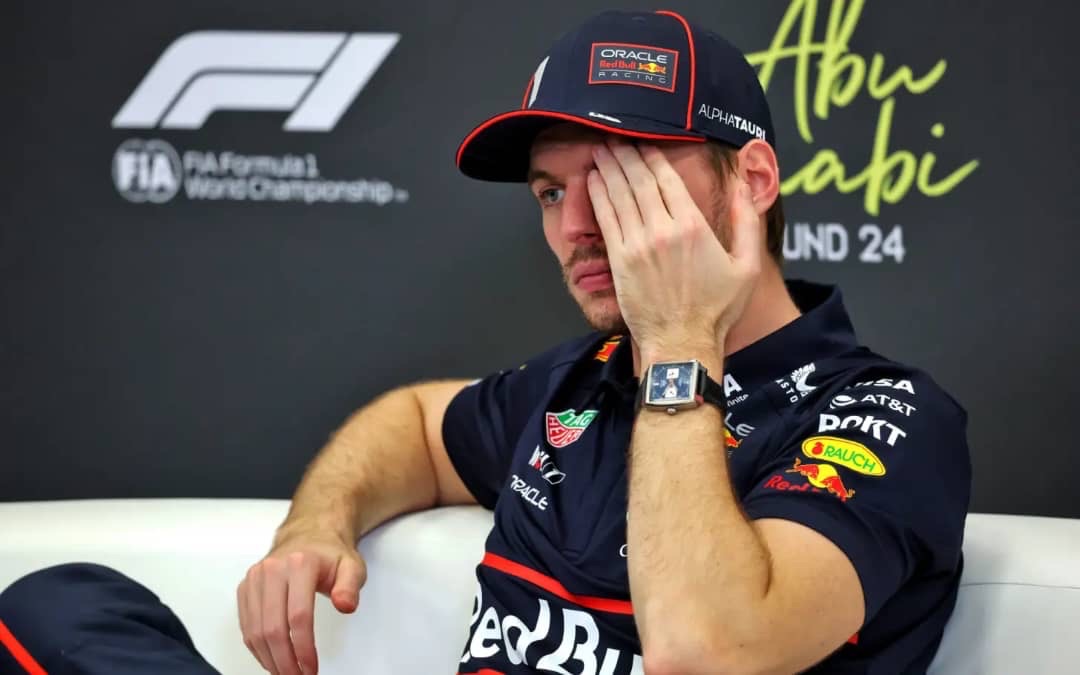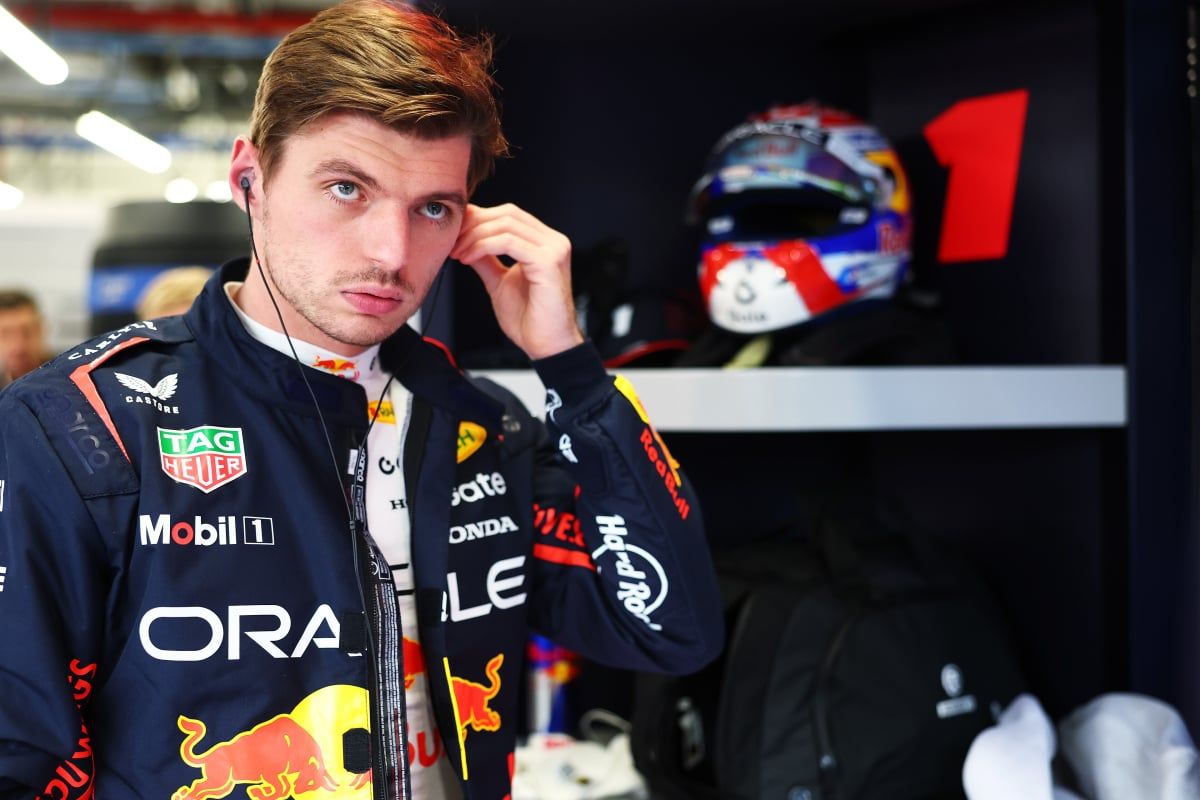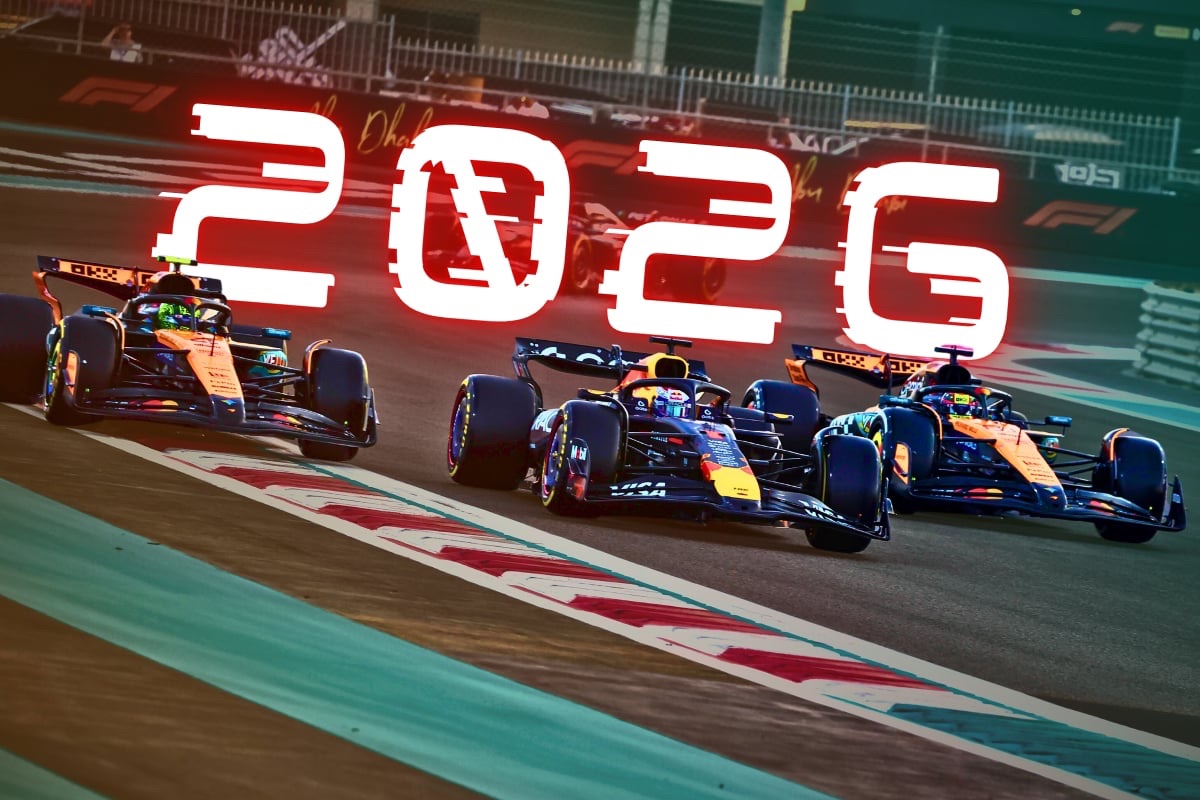F1 teams at fight over controversial FIA rule change with Toto Wolff left fu…read more
Tensions are rising within the Formula 1 paddock as teams clash over a controversial potential change to the 2026 power unit regulations, a move that has reportedly left Mercedes team boss Toto Wolff furious. The debate reached a boiling point during the most recent F1 Commission meeting, held in the build-up to the Miami Grand Prix, where the FIA proposed adjustments that could significantly impact how the next generation of F1 cars will perform.
At the core of the dispute is a proposal to alter the battery power usage in races, a topic that has become increasingly contentious among team principals and technical staff. Currently, the 2026 power unit regulations are set to introduce a 50-50 split between power generated from the internal combustion engine (ICE) and electrical energy sourced from the battery system. This balance was designed to push Formula 1 toward a more sustainable future, reducing dependency on fossil fuels while also showcasing cutting-edge hybrid technology.
However, during the F1 Commission meeting—a regular gathering of team leaders, stakeholders, and the FIA to discuss the sport’s future—an unexpected proposal surfaced. The suggestion: limit the battery’s power output to just 200 kilowatts during races. This is a considerable reduction from the originally planned 350 kilowatts. Importantly, the proposal includes maintaining the full 350kW allocation for qualifying sessions, where outright performance is paramount.
The reasoning behind the potential change, according to insiders, is to prevent cars from running out of electric boost partway down long straights, which could create safety concerns and affect the quality of racing. With the 2026 cars expected to rely heavily on electric power, especially during acceleration and at high speeds, there’s concern that the battery alone may not be able to sustain the energy demands throughout an entire lap under race conditions.
Toto Wolff, known for his strong views and vocal leadership at Mercedes, has reportedly been one of the most outspoken critics of the proposed adjustment. From his perspective, changing such a fundamental aspect of the power unit architecture this late in the development cycle is not only disruptive but potentially damaging. Teams like Mercedes have already invested significant time and resources into designing their 2026 engines based on the existing regulations, and any change now would likely require major re-engineering efforts, incurring both time delays and financial costs.
“We’re less than two years away from implementing the new engine formula,” a source close to Mercedes stated. “To adjust the rules now fundamentally changes what manufacturers have been working toward. It’s like moving the goalposts after the game has already started.”
It’s not just Mercedes who are concerned. While some teams may see strategic or performance advantages in the proposed changes, others are also wary of the broader implications. Power unit manufacturers such as Ferrari, Honda (who will supply Aston Martin), and Audi (entering the sport in 2026 with Sauber) are all in different stages of engine development. A rule change of this nature would not affect them equally, creating a possible imbalance in competitiveness from the outset of the 2026 season.
On the flip side, supporters of the adjustment argue that it’s a practical necessity. Their concern is that the cars might be too reliant on electrical energy, making them vulnerable during critical moments in a race—particularly on tracks with long straights like Baku, Monza, or Spa. If a car depletes its battery charge early on a straight, it could be defenseless against competitors or even struggle to maintain consistent performance, which could reduce the racing spectacle and raise safety questions.
Despite the heated discussion, no final decision has been made yet. The matter is still under review, with further technical analysis and simulations expected to guide the next steps. The FIA is believed to be gathering data to better understand how the proposed 200kW limit would impact overall race dynamics and whether the fears about battery depletion are justified.
For now, the sport finds itself at a crossroads. With the clock ticking toward 2026, every team is racing not just against time, but also against each other to secure the best possible starting point under the new regulations. As this rule change debate unfolds, it’s clear that Formula 1 is grappling with the challenge of balancing innovation, fairness, and entertainment in an era of rapid technological transformation.
Toto Wolff and other team leaders will no doubt continue to push for clarity—and perhaps compromise—as F1 moves ever closer to its bold new hybrid era.




